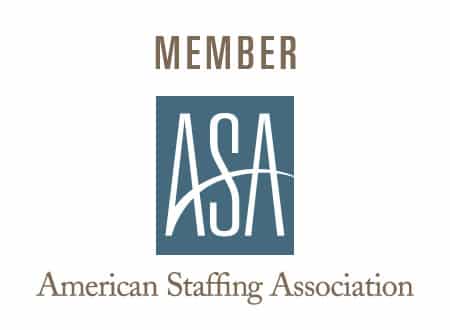“Variation.”
“Departure from the norm.”
“Atypical.”
Terms like these are BIG red flags in a manufacturing environment – unless you’re talking about work flex, that is!
Creating a culture that increases flexibility for employees is good business. Consider these statistics:
- Forbes.com cites several studies showing that optimal workplace flexibility is a smart strategy for all types of businesses – yielding broader talent pools, higher productivity, better morale and more committed employees.
- A recent Harvard Business Review article cites research indicating that companies with employees displaying “high levels of freedom” in their relationships were up to 20 times more likely to outperform organizations with low freedom scores.
- A 2013 Survey on Workplace Flexibility by WorldatWork shows that companies which rated themselves as having an established “flexibility culture” say that work flex positively impacts employee satisfaction (92%), engagement (85%) and motivation (84%).
Options like telecommuting make it relatively easy to achieve greater work flex in an office environment. But in a manufacturing environment? Well, it’s just not possible for a line worker to do his job from home. Furthermore, sequential work and irregular demand make it even more challenging to accommodate workers’ need for flexibility.
So here’s the million dollar question:
Is work flex really possible in manufacturing?
Yes! You just need to get creative. If you need inspiration, here are a few ways to increase employee’s flexible work options in your manufacturing environment:
- Change your mindset. If you automatically think of telecommuting as the best tool for increasing work flex, broaden your thinking. Realistically, workplace flexibility involves taking a dynamic approach to defining how, when and where work gets done – to deliver benefits for both employers and employees. In manufacturing, the “where” of work is typically the hardest to change, so focus your efforts on the “how” and “when.”
- Cross-train teams. Train your employees to cover multiple positions in your production process. In addition to preventing boredom and burnout, cross-training increases your ability to keep production going while freeing employees to take time off or shift their hours.
- Investigate the viability of your options. Flexible work hours, compressed work weeks and part-time work are three popular options for increasing work flex in manufacturing. Not all types of work, however, are equally suited to flexibility. Evaluate positions within your company to determine the feasibility of these or other workplace flexibility options.
- Survey employees. For your work flex strategy to achieve the desired benefits (i.e., increased productivity, morale and retention), make sure it provides what employees want most. Conduct a simple, anonymous survey to determine what types of flexible work options really matter most to your workers.
- Consider automating work flex. Multiple shifts, complex production processes – and even more complex employee scheduling needs – can make the prospect of increasing work flex seem overwhelming. Thankfully, there are a number of software options to automate the process of requesting time off.
- Be realistic. If work flex is a new initiative for your organization, be practical and start small. Focus your efforts on one or two changes that align with employees’ needs while supporting your organization’s goals.
- Partner with Wood Personnel. With offices throughout Middle Tennessee and a full complement of staffing services, Wood can support your core team’s need for flexibility – while ensuring work still gets done. Give us a call to schedule a free workforce consultation.



